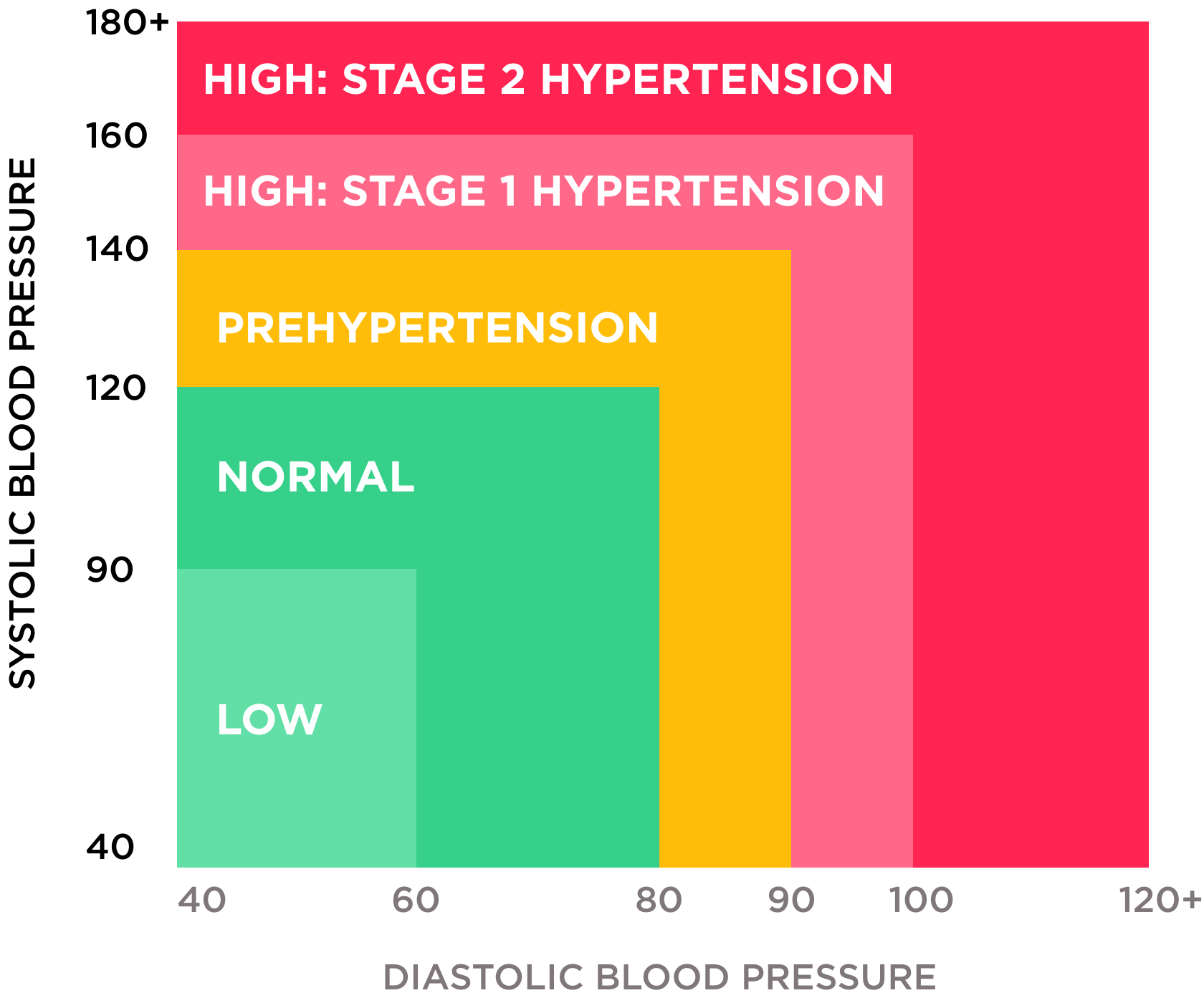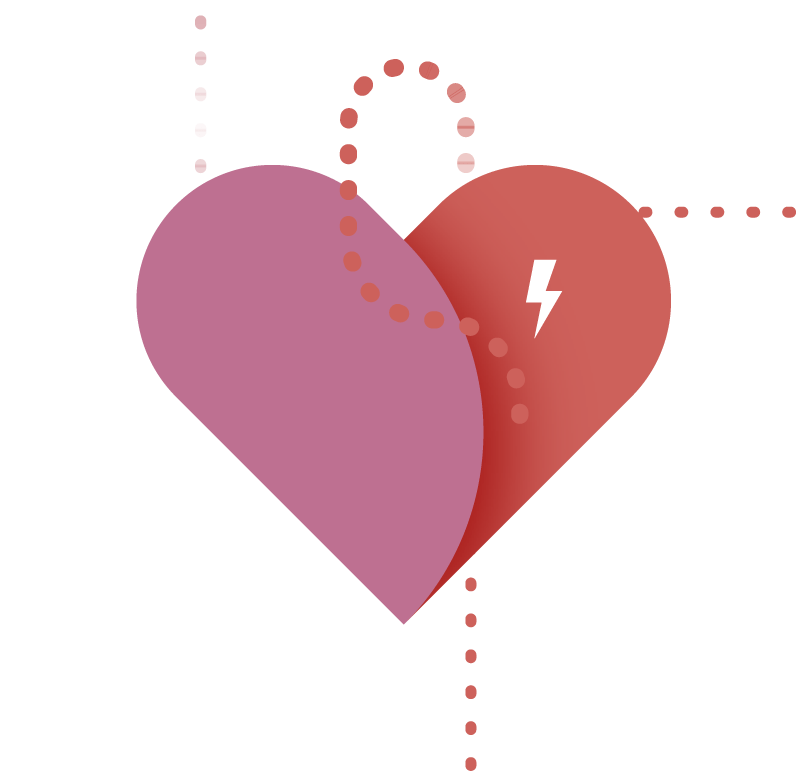Hypertension is the most common chronic disease in the world and is considered a major cardiovascular risk factor.
As it can be difficult to alert people to an increase in their blood pressure, hypertension is often called “the silent killer,” as it can damage you heart in various ways.
Heart failure
Hypertension increases the risk of developing heart failure, a dangerous condition in which the heart cannot pump enough blood throughout the body.
Atrial fibrillation
People who have high blood pressure are at a higher risk for atrial fibrillation (AFib), an anomaly of the heart’s electrical activity, which is often asymptomatic. AFib may lead to stroke, heart failure and cognitive decline. Learn more about AFib +
Coronary heart disease
Also called ischemic heart disease, this is a frequent complication in hypertensive patients. Under too much strain, the coronary arteries that supply blood to the heart can become too narrow, reducing blood flow in the heart.
Left ventricular hypertrophy
Common in people who have uncontrolled high blood pressure, this condition thickens the walls of your heart's main pumping chamber. The result is an enlarged heart that can lose the ability to pump with proper force.
Valvular heart disease
This condition, in which one or more of your four heart valves doesn't work properly, is thought to be linked with elevated blood pressure. Learn more about VHD +




